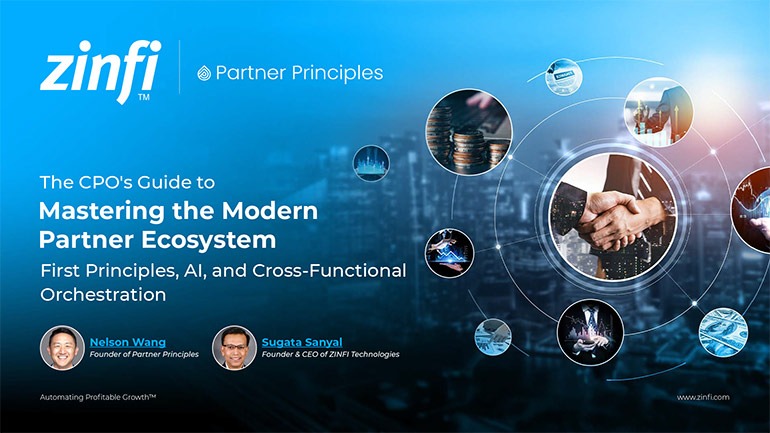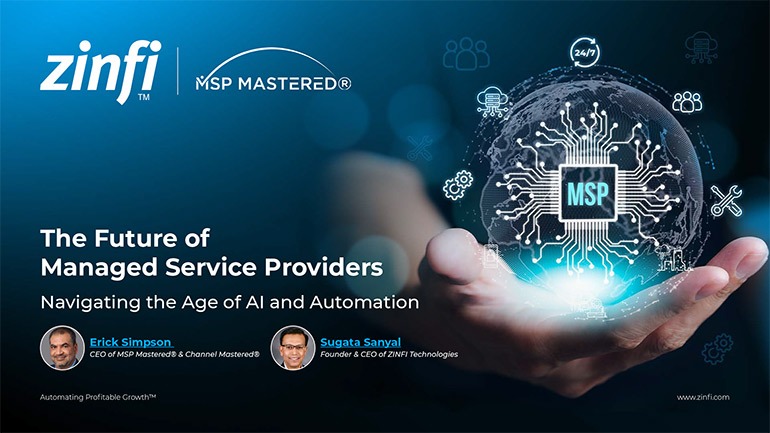Best Practices Articles

How to Use Social Marketing To Increase Partner Portal Usage
Every organization selling through a network of partners; be they resellers, system integrators, agents or franchise holders, struggles with partner engagement. And, one of the main areas of challenge for them is to make a partner log into the partner portal for content consumption and program awareness. There are multiple reasons why partners don’t use a vendor’s partner portal (please see our earlier article on How to Make Your Partner Portal More Partner-Friendly); however, there are simple techniques that you can use to increase partner portal access by multiple folds. One of the main techniques that is underused, or not used consistently – is social media marketing.
While most organizations selling via a channel tend to use social media, our conclusions after observing multiple deployments are that social media is more often treated as a mechanism for publishing snippets of information rather than a holistic medium for partner engagement and marketing. The use of social media in the B2B space is fundamentally different from how it works in the B2C space, because of one primary issue; lack of available time for content consumption by the target audience. Most vendors tend to push news and other types of content via Twitter, LinkedIn, Facebook and even sites like Pinterest but the key to increasing partner portal adoption is to make sure there is a holistic publishing strategy. This is how it works.
Assuming that an organization has an overarching strategy for using social media for end-user marketing (both in the B2B and B2C spaces), and since content marketing has become the de facto norm today, it is important to ensure that your strategy for driving partner portal usage is integrated within your overall plan. There are a few simple ways of doing this.
- Segment content – Channel partners may follow an organization through various channels on the same social media sites, so you need to avoid mixing different types of information in your feeds. For example, if you use Twitter to promote company news and events, you need to make sure you don’t muddle this channel by delivering technical or product releases, bug fixes, or other tactical announcements that you have already posted in your partner portal. Also, if you have inbound engagement via any of the channels related to support, partner or customer complaints, it’s essential to direct that conversation to the correct social media site, for example to your customer support portal. Actively managing the type of content and where it’s viewed is a critical part of segmenting content appropriately, and driving relevant traffic to your partner portal.
- Localize engagement – Partner portal usage tends to be highest in the English language, partly due to the prevalence of English in the technology industry but also due to lack of localized interfaces and content for non-English-speaking countries. This assumes you have picked the right partner management platform (please see our earlier article, Must-Haves for Your Partner Portal). It is important that you only promote English-language content where it can be understood, and local-language content only in the appropriate country channels. It makes no sense to push an English-language globally when you know very well that in certain countries like China, Japan or Korea it will be wasted. This thoughtfulness is critical in making sure that the reach of social marketing is not abused and engagement is strategically planned and managed.
- Reduce overload – Not every news item or sales program is relevant to partners, so they don’t all merit a push via social media. Selecting what’s critical to know and strategically valuable in social media engagement is crucial if you want to rise above the noise. So, if you have a big announcement – like a company acquisition, major new product launches, or mega price reductions, use social media to push that news out and drive traffic back to your partner portal. However, if you want to promote a roadshow in one city or country, be selective about how you use social media for such tactical engagements. To run a location-specific promotion, you are better off using traditional tactics like email or telemarketing to drive partner registration.
- Track engagement – The great news is that today, if you have a state-of-the-art Partner Relationship Management platform, then you will be able to track partner portal metrics in great detail. You should be able to see where the traffic is coming from and what they are doing in your partner portal. Just as your corporate marketing team drives content marketing for broader lead generation, there is now an opportunity to do the same in channel marketing – provided you have an integrated strategy and the right tool for engagement tracking.
- Refine to scale – Once you have segmented your content, provided it in a localized environment, managed conversations to make them relevant, and understood what is working and what needs work, the next step is to refine and scale globally. It can’t be done overnight, so there’s no need to be impatient. Lay out a multi-quarter plan and strategize step-by-step execution over a couple of quarters, and you will see more traffic to different parts of your partner portal because your channel partners are more aware and being engaged via a variety of social media-centric inbound channels.
Partners will only engage with your partner portal if they need to. So unless what drives them to your site is about support, or checking licenses or other business-driven needs, if you are to have a hope of bringing them back to your portal to learn about new products, training, promotions, or other information, you have to pick the right way to communicate. Outbound communication has dramatically changed over the past decade, and more rapidly during the past five years. We have observed among our vendor client base that, when an organization uses social media marketing effectively to communicate to their partners, they can increase inbound traffic to appropriate sections of their portal much faster, and significantly grow overall adoption.
I would love to know how you are using social media marketing to drive partner engagement and what you think is working or not. Please share openly if you can.
Best Practices Guides
 First Principles Drive Modern Partner Ecosystem Success Best Practices
First Principles Drive Modern Partner Ecosystem Success Best PracticesDownload for FREE
 The Future of Managed Service Providers: Navigating the Age of AI and Automation
The Future of Managed Service Providers: Navigating the Age of AI and AutomationDownload for FREE
 Modernizing Channel Marketing: AI and Ecosystem Enablement Best Practices
Modernizing Channel Marketing: AI and Ecosystem Enablement Best PracticesDownload for FREE
 The Channel’s Shift to Partner-Led With AI Best Practices
The Channel’s Shift to Partner-Led With AI Best PracticesDownload for FREE
 Hyperscalers, ISVs, and AI: Shaping the Future of B2B Software Distribution
Hyperscalers, ISVs, and AI: Shaping the Future of B2B Software DistributionDownload for FREE
 Definitive Guide to a Partner Ecosystem-First Sales Strategy
Definitive Guide to a Partner Ecosystem-First Sales StrategyDownload for FREE
 The Partner-Led Digital and AI Transformation Best Practices
The Partner-Led Digital and AI Transformation Best PracticesDownload for FREE
 Startup Talent Recruitment: Hiring Missionaries, Not Mercenaries
Startup Talent Recruitment: Hiring Missionaries, Not MercenariesDownload for FREE
 The Future of Partner Relationship Management with AI in Partnerships
The Future of Partner Relationship Management with AI in PartnershipsDownload for FREE
 Cybersecurity for the 99%: Strategies from the Frontline
Cybersecurity for the 99%: Strategies from the FrontlineDownload for FREE
 Mastering Partner Relationships: A Strategic Approach to Business Growth
Mastering Partner Relationships: A Strategic Approach to Business GrowthDownload for FREE
 Mastering Partner Relationship Management: Keys to SaaS Channel Success
Mastering Partner Relationship Management: Keys to SaaS Channel SuccessDownload for FREE